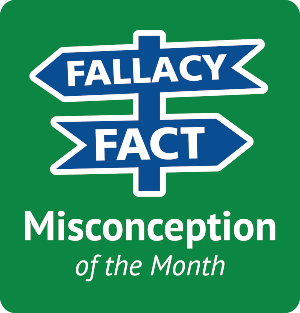 How would you feel if you visited your favorite news website tomorrow morning and saw the headline: “Study finds surfing internet at least 8 hours per day adds years to life, eating nachos extends benefit”? C’mon, admit it. You’d definitely click. And then what? How would you decide whether the results of the study really lived up to that headline?
How would you feel if you visited your favorite news website tomorrow morning and saw the headline: “Study finds surfing internet at least 8 hours per day adds years to life, eating nachos extends benefit”? C’mon, admit it. You’d definitely click. And then what? How would you decide whether the results of the study really lived up to that headline?
In an example that extreme, I think most of us would have our healthy skepticism goggles firmly in place. After all, the finding is in such opposition to everything you’ve heard about diet and exercise that, even if you really, really wanted it to be true, you probably wouldn’t get your hopes up. Indeed, what you’d probably find, upon reading the article, was that the results were based on interviews with the widows of three elderly men, one of whom lived three years longer than the others after having spent his golden years eating nachos on the couch. Not a very rigorous study Especially when you reach the end of the article and the author notes that the study was paid for by Big Chip.
But questionable science results in the news are not always so easy to spot. Indeed, it isn’t even possible to sort new scientific findings into just two bins: laudable and laughable, right or wrong, sheep or goats. If only it were that simple! Instead, there are any number of other categories we might propose including, but would hardly be limited to: preliminary, incomplete, promising, predictable, over-hyped, misleading, misrepresented, outright fraudulent, and — very occasionally — genuinely revolutionary.
And that brings us to one side of this month’s misconception coin: Science is a Big Box of Facts. Science isn’t static, or black and white; it is a continuous process gradually improving our understanding of how the natural world works. I sometimes like to say that science is a verb, not a noun. Science is not the accreted collection of human knowledge of the natural world, a big pile of pebbles representing true things that scientists add to throughout their careers. But it’s easy to see how this misconception takes root. I think many of us leave high school — and maybe even college — having wandered through some random collection of facts and equations that we had to memorize and regurgitate on command. You could be forgiven for coming away with the impression that 1) science is hella boring and 2) new scientific findings are either true or false, worthy of eventually making it into textbooks or not.
(Incidentally, one of the truly tragic consequences of that kind of science education is that it almost certainly drives away a lot of people who would be marvelous scientists if they realized how dynamic and creative science can be and instead retains people who either like or are at least willing to tolerate memorizing things. Not that the latter can’t be good scientists [she says, self-consciously] — but we’re potentially leaving a lot of talent on the table.)
It’s really important that students come to understand the provisional, contingent, and sometimes halting nature of science. As part of the second nature of science lesson in NCSE’s lesson plans, the one designed to address the misconception that science is a rote process of collecting facts, students work through either the history of germ theory or plate tectonics to learn how scientific understanding of complex phenomena changes as new evidence emerges.


